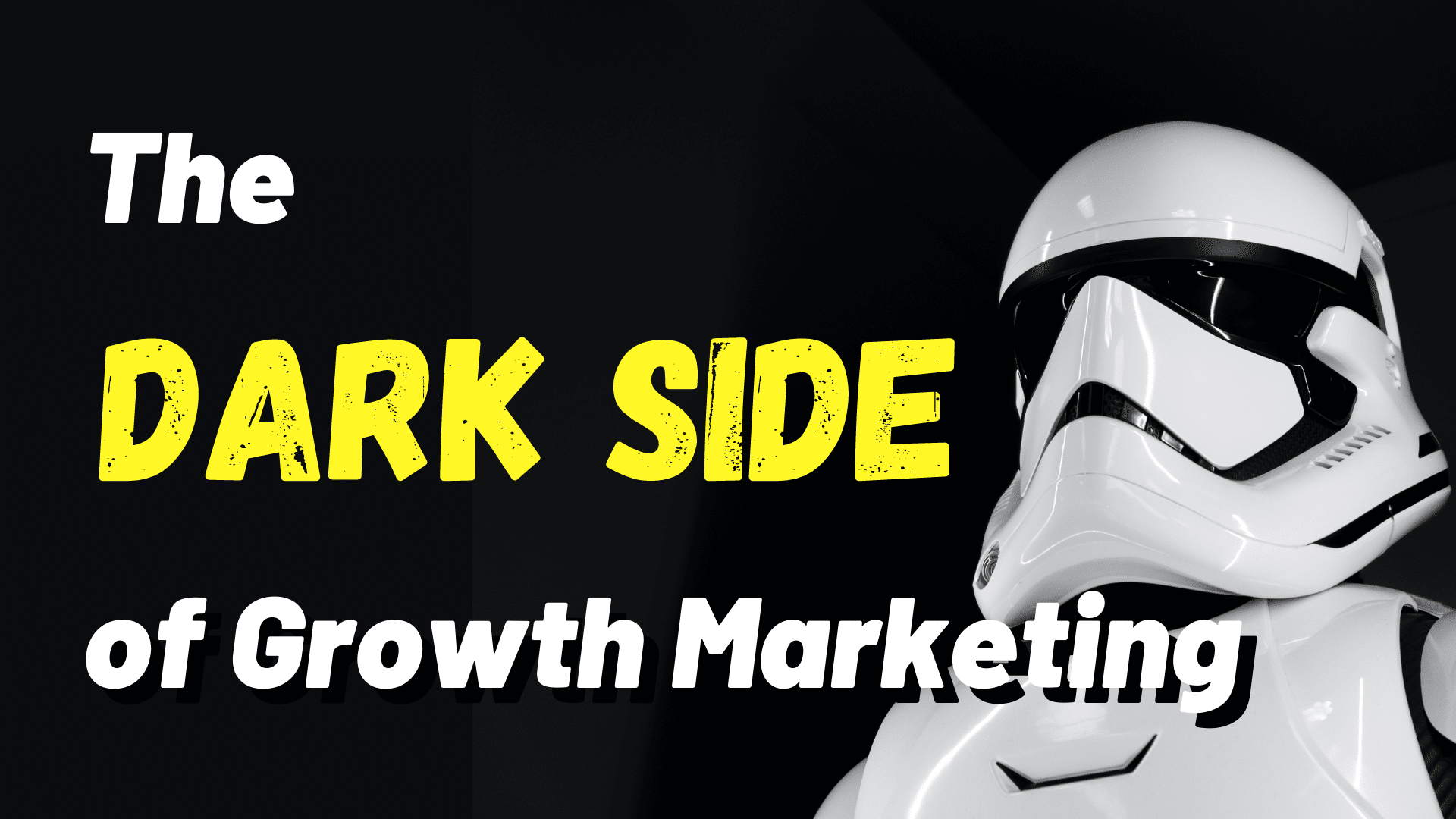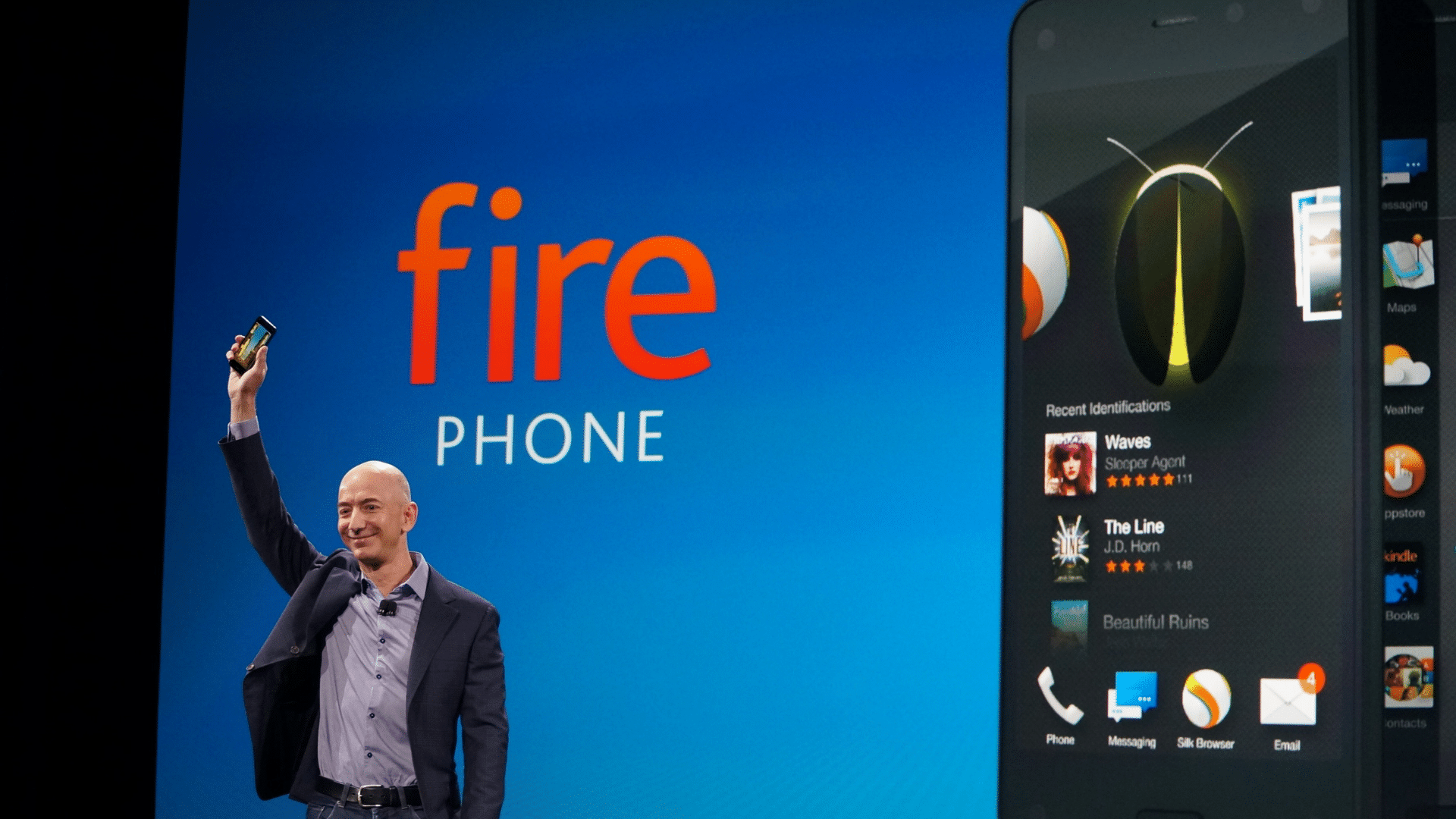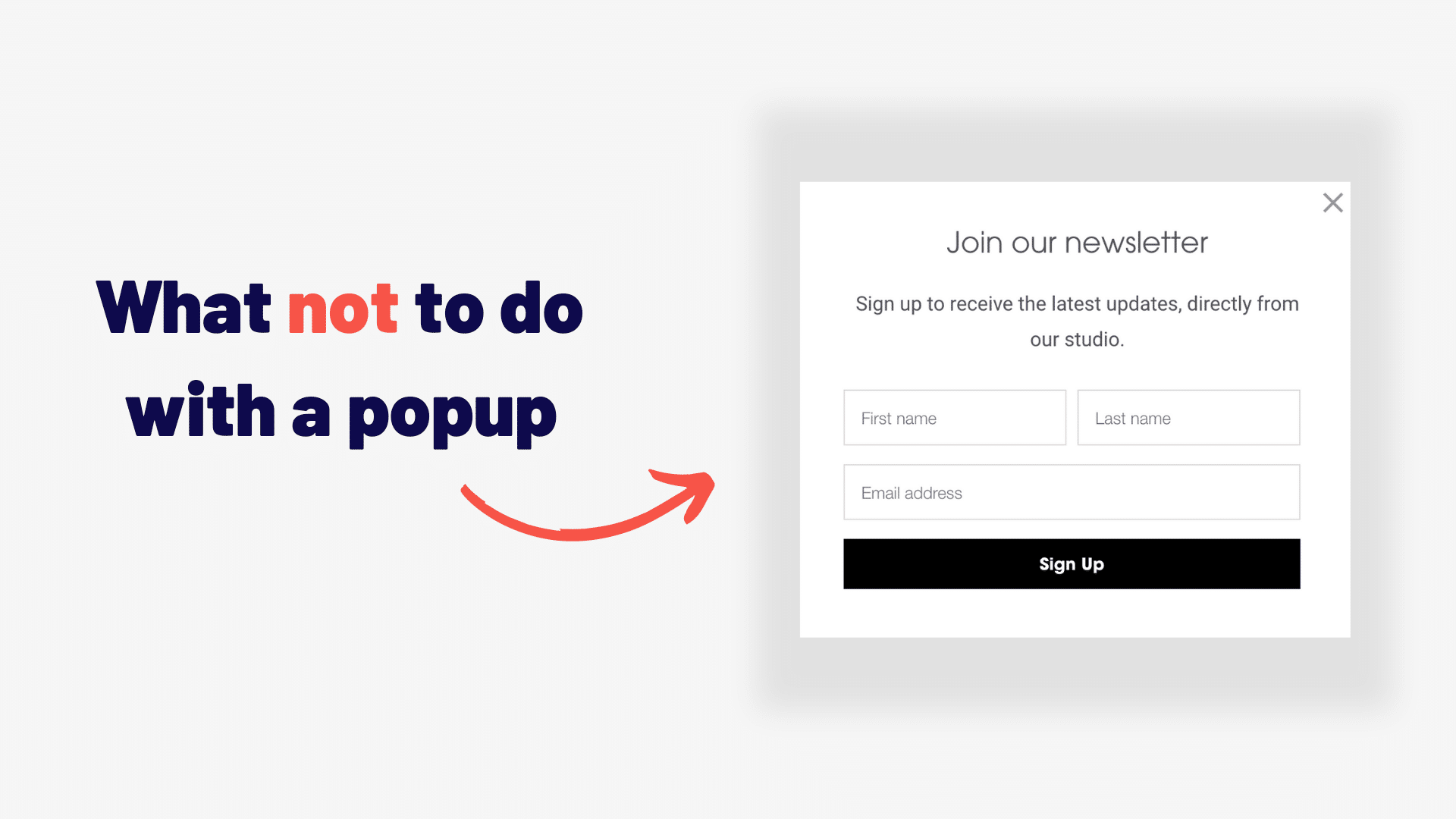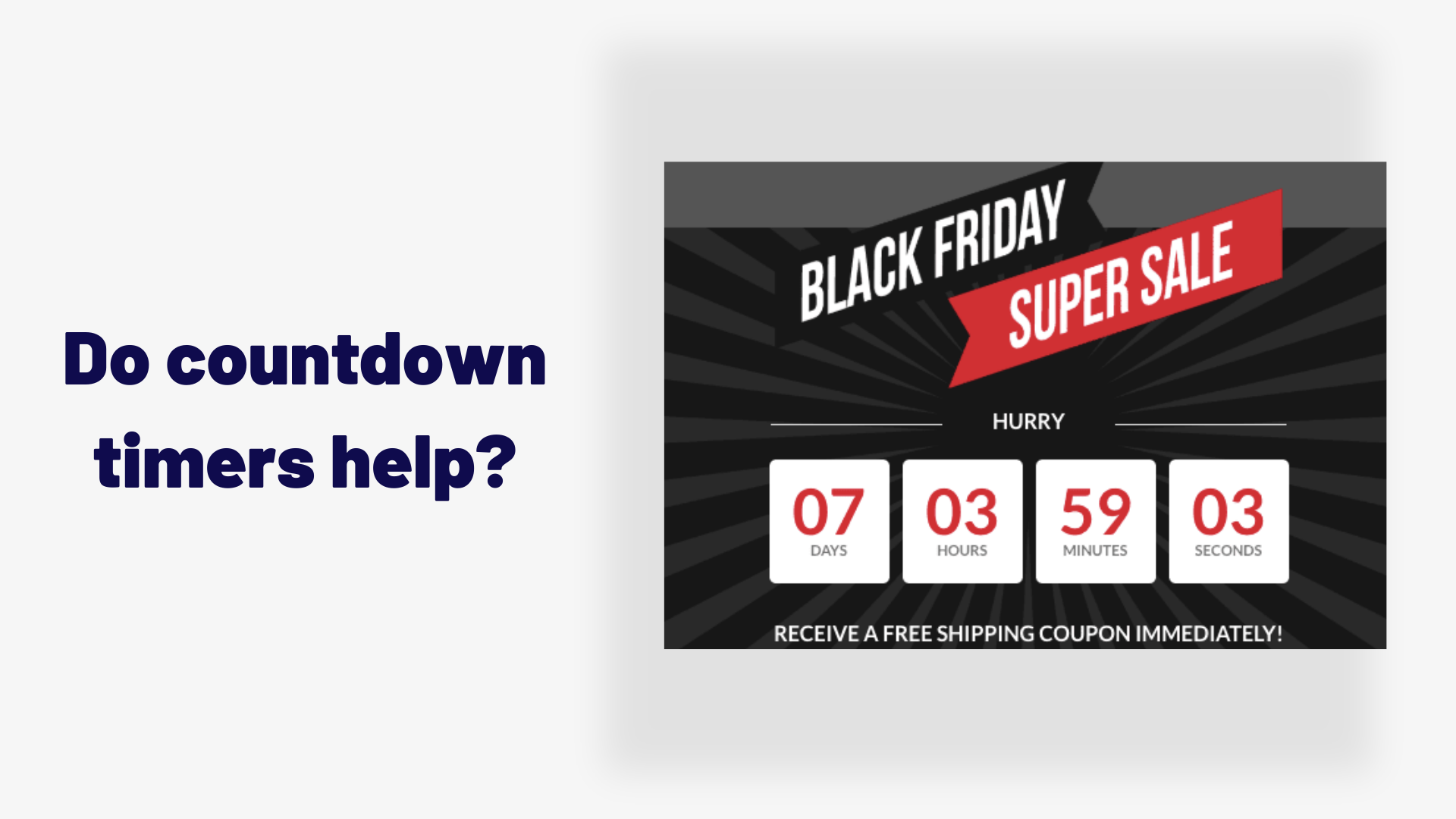Let’s face it, there is a lot of BAD marketing in the world. And a lot of bad marketers too. But what causes bad marketing? And how can we fix it?
In this article, I’ll reveal 5 problem areas that cause ineffective marketing campaigns and how to avoid them.
They are:

Let’s get to the first one…
Bad products
This first problem is the one I see more than anything else. Your product sucks. Yeah, there’s no sugarcoating it. Sometimes you just need to go back to the drawing board and create something better.
A good example is Amazon’s epic failure known as the Fire phone.

As noted by Fortune, “Amazon’s customers gave the smartphone a lackluster rating of 2.6 out of 5 stars. Reviewers called the device ‘forgettable’ and ‘mediocre.’ And Amazon all but admitted to underwhelming sales by drastically cutting the Fire’s price from $200 to 99 cents just one month after unveiling the device at a splashy press conference in Seattle.”
Did the market ask for another phone option beyond Android and iOS? Not really. But Amazon being Amazon thought it was a good idea to make one anyway. And all the marketing chops in the world couldn’t save what was essentially a bad product at the end of the day.
The bottom line is that your marketing won’t save you if your products or services are crap. So focus on creating something that people actually want. Make something that solves a problem. That is the starting point for many of the best marketing campaigns in history.
Lazy messaging
This is an actual popup on someone’s website:

See anything wrong with it?
To sum it all up, the messaging is extremely boring and drab. It’s lazy.
You have to use your words to inspire people to take action. Give them a reason to want to opt-in. Why should I join your newsletter? Why should I receive updates? Why do I care if they’re directly from your studio? And why do I need to enter both my first name and last name? Ugh, too much work!
These days, consumers are more skeptical than ever before. Every word counts. You should place extra emphasis on your headlines and call-to-action text especially since this is what first draws attention.
In future articles, I’ll go into detail on how you can use simple tricks to spice up your messaging. For now, let me just give you this advice: Be interesting and show the reader what’s in it for them. Not only with your popups, but with all of your content from email copy to ad text and everything in between.
Mismatched channels
Have you ever launched an ad campaign on Reddit? If so, you might know how difficult it is to break through to that community.
It doesn’t mean that the channel itself is bad though. It just means that Reddit has a specific culture and advertisers need to respect and adapt to that culture. Most don’t, and that’s why their ads fail.

Another example is SMS marketing—a.k.a. texting. Personally, I’m not a fan of promotional text messages. SMS is a very personal channel for me, which I only use with family and friends. But for someone else who views SMS in a different light, this might be a great channel for promotional content.
The lesson here is that its not about finding “good” channels and “bad” channels, but rather aligning your marketing campaign to the right channels for your audience. When you get everything in alignment, it just works.
Gimmicky tactics
Have you ever clicked on an ad only to see a huge countdown timer with a “limited time offer” ending very soon? Yeah, not fun at all. It feels like the digital equivalent of walking into a used car dealership and being told that if you want a great deal, you need to buy right now!
Well, unfortunately, there are a lot of shady tactics used by marketers. From the folks who spam you with LinkedIn connections to the cold email outreach “bros” overwhelming your inbox, these tactics are getting old.

And a surefire way to lose trust is to jump on the latest marketing trend for a short-term gain without thinking about the longterm consequences.
One easy way to find out if you’re dealing with a gimmicky tactic or an honest method for growth is to ask yourself, “Is this interrupting someone or helping someone?”
Anecdotal decisions
Lastly, a problem that is cropping up in companies big and small is the issue of anecdotal decision making. In other words, making decisions based on personal accounts rather than facts or research.
This is a huge problem in the world of conversion optimization because when it comes to improving your landing pages or your website, everyone has an opinion as to what works.

And if you let the opinions guide you rather than the data, you’re usually just wasting time while creating a bad habit.
Is there a time an place for opinions? Sure! But if I could choose between a data-driven decision and an opinion, I would almost always go with the data.
If you don’t know where to start when it comes to making data-driven decisions, I’d recommend looking into tools like Hotjar, FullStory, UsabilityHub, and of course Google Analytics. Those are great places to begin gathering data and sorting through it.
What to do about this
I don’t have all of the answers, but hopefully, by pointing out a few of the stumbling blocks I’ve seen firsthand over the last 11+ years, you can navigate around them and focus on the growth marketing principles that work.
And of course, this isn’t an exhaustive list. I’d love to hear what other negative behaviors you’ve seen or experienced in the world of growth marketing! Share your thoughts with me on Twitter.





